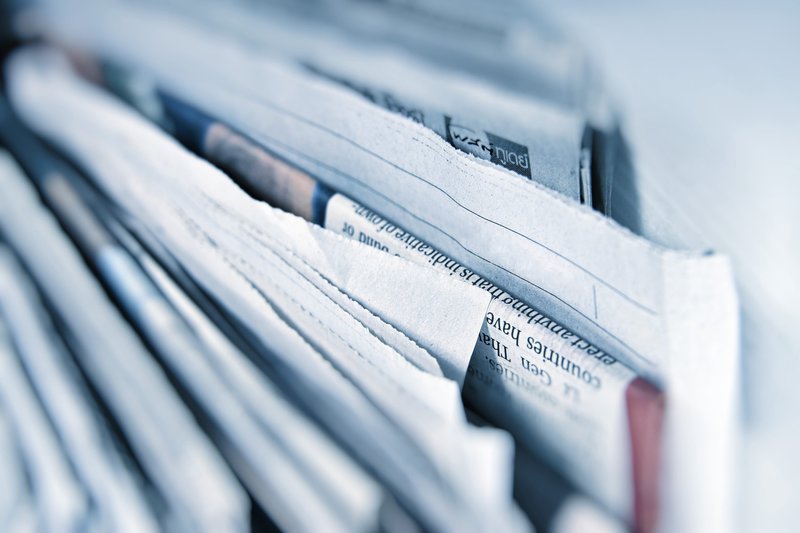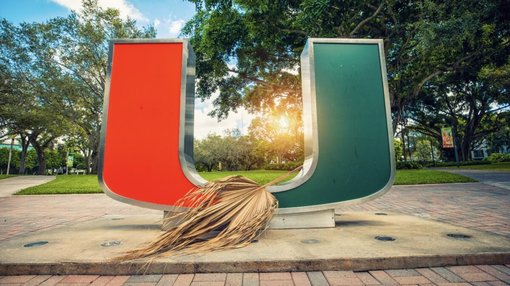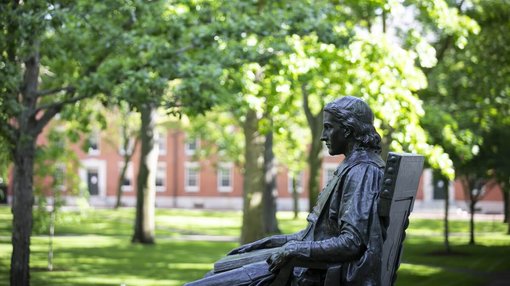Neuroscience Is a Modern Tradition at Amherst College
Archive by Erudera News Jul 10, 2017

AMHERST, Mass., Nov. 13, 2006 (AScribe Newswire) — The number of undergraduate college students taking up neuroscience is large and growing, according to the Association of Neuroscience Departments and Programs (ANDP), which estimates that 5,000 people now graduate every year with a major in this academically demanding and intellectually exciting field. The first recorded use of the word “neuroscience” to mean “comprising the sciences of brain and behavior” was in Nature in 1970, the same year the Society for Neuroscience was founded. With extraordinary speed, Amherst College became the first institution in the United States to offer an undergraduate major in the new science, in 1973, at a time when miracles such as targeted medication for clinical depression or brain implants to alleviate human blindness were the stuff of science fiction.
At that time Stephen George, now the Manwell Family Professor in Life Sciences (Biology and Neuroscience), was brought to Amherst as an assistant professor of biology to work in the neuroscience program. “To understand the nervous system,” he said then, “you have to understand its function on all levels.” Thirty years later, he’s still asking these questions: “How does the mind work? How can we explain the behavior of animals and people? What goes wrong when someone is mentally ill or emotionally disturbed? Neuroscience is the modern attempt to answer these questions through the study of the brain-and in 2006 we enjoy a vastly greater physical understanding of the brain.”
James Olds, a 1978 graduate of Amherst, and the director of the Krasnow Institute for Advanced Study and Krasnow University Professor of Computational Neuroscience at George Mason University, describes the changes in neuroscience. “Our animal model in 1973 was the rat,” he says of laboratory research into the human brain. “In 2006, it’s the college sophomore.”
Neuroscience at Amherst grew out of the biophysics major of the ’50s and ’60s, which produced some distinguished neuroscientists, in a field that had not yet been named. In 1970 the Alfred P. Sloan Foundation decided to support the new field of neuroscience at all levels. A proposal for an undergraduate program in neuroscience from Amherst received $400,000. The program first offered a neuroscience major in 1973. Undergraduate neuroscience programs are now quite common, as shown by the active Faculty for Undergraduate Neuroscience group associated with the Society for Neuroscience. Stephen George was among the founders of this organization, and Sarah M. Turgeon, an associate professor of psychology at Amherst, has served on its executive council.
The ANDP notes in its most recent annual report that “the existence of undergraduate programs in neuroscience is a relatively recent phenomenon.” The ANDP counts 33 undergraduate program members, but only two programs were founded before 1980, six programs between 1980 and 1989 and the rest only after 1989.
Perhaps because of its origin in biophysics, neuroscience at Amherst College is a demanding discipline. One student guide noted wryly that “neuro is the major to avoid if you want to take the country-club approach to college.” Yet many choose it. Almost from the beginning the neuroscience department has attracted a dozen or more majors in every class. Mirroring the national trend, the numbers are growing.
Several fields of science, including biology, chemistry, psychology, mathematics, computer science and physics, are important in studying the nervous system, and Amherst students who major in neuroscience take courses in all of these fields. The courses include laboratory work emphasizing modern techniques, such as recording electrical activity from single nerve cells, measuring behavioral effects of drugs and working with proteins and nucleic acids. The neuroscience major consists of 14 courses, more courses than required for any other major at Amherst. Neuroscience majors also take part in the Neuroscience Seminar, in which Amherst students and faculty discuss current research and through which guest neuroscientists visit to lecture on their work. This fall, the seminar heard a 1980 Amherst graduate, Neal Swerdlow of the UCSD Medical School, discuss “Neuropsychiatric Disorders of Impaired Central Inhibition: Things We’ve Learned in the Blink of an Eye.”
Neuroscience at Amherst offers senior students opportunities for honors thesis research projects. Usually based in the research areas of the neuroscience faculty, these projects have delved into the neurophysiology of the visual system, control of neural excitability, developmental psychobiology, animal models of schizophrenia and the neural basis of feeding behavior.
Amherst students have frequently been able to present the results of their research at the national meetings of the Society for Neuroscience or the Biophysical Society. For example, Tiffany Lin, a 2006 graduate, recently received a competitive Travel Award from the Faculty for Undergraduate Neuroscience, which took her to Atlanta for the annual meeting of the Society for Neuroscience. Lin’s presentation, “Repeated exposure to PCP alters stress-induced behavior and striatal c-Fos,” described the results of her research as an undergraduate working with Turgeon in the psychology department.
Lin is now at the behavioral genetics laboratory at the Mailman Research Institute at McLean Hospital in Boston, where she’s working on the mechanisms of neurogenesis. Most Amherst neuroscience majors enter graduate or professional programs, either right after graduation or after working or traveling for a time. Their careers may involve medicine, research, teaching or a combination of these. They are doing research in laboratories at the National Institutes of Health, teaching high school in Boston, practicing medicine around the country or working in the business world in a biomedical field. They all maintain their keen fascination with how the brain works, sharpened by the rigors of neuroscience at Amherst College.
– – – –
CONTACTS: Stephen George, Amherst College, 413-542-2477
James Olds ’78, George Mason University, 703-993-4378
Tiffany Lin ’06, McLean Hospital, 617-855-2009
Sarah Turgeon, Amherst College, 413-542-2625
Paul Statt, Amherst College Media Relations, 413-542-8417
-30-
Recent Articles
United States
Apr 18, 2024
United States
Apr 17, 2024
United States
Apr 17, 2024
United States
Apr 17, 2024
Germany
Apr 16, 2024


